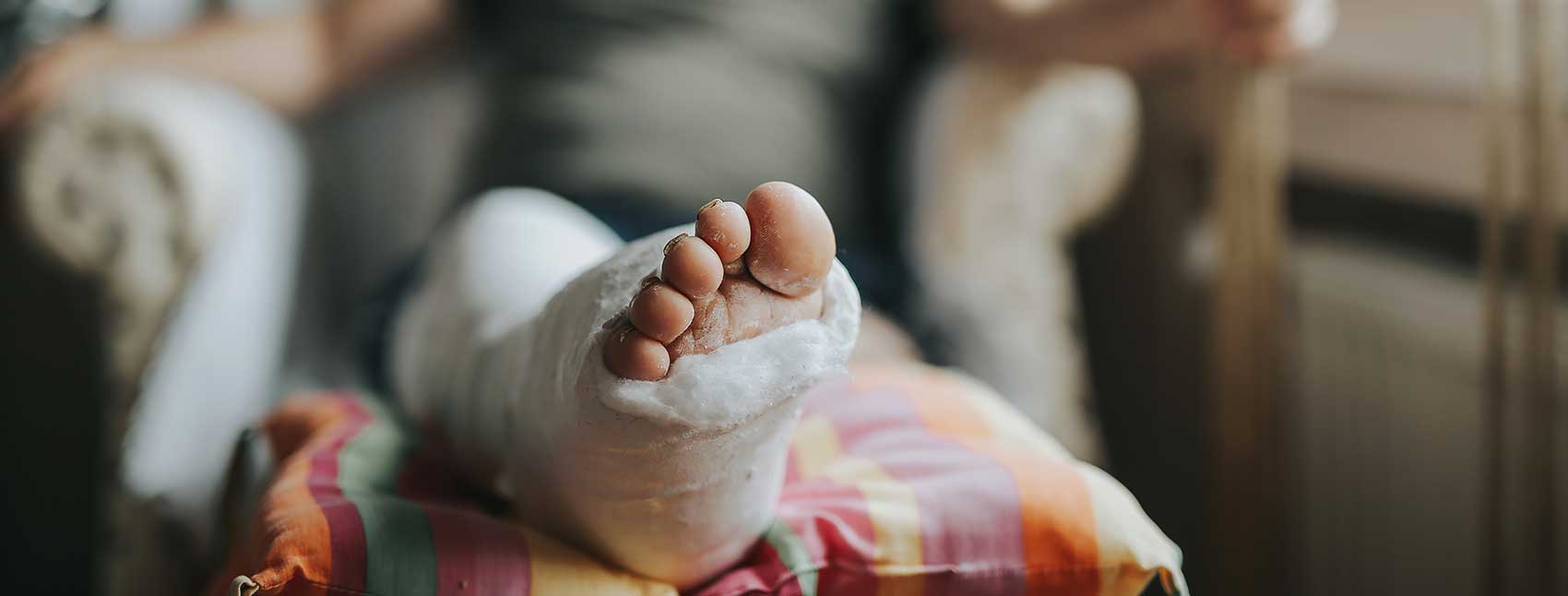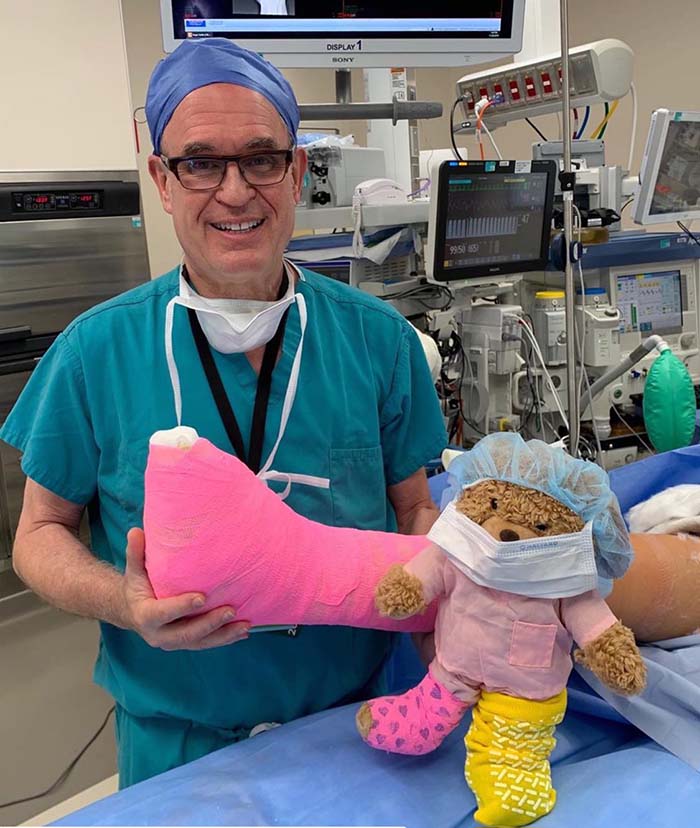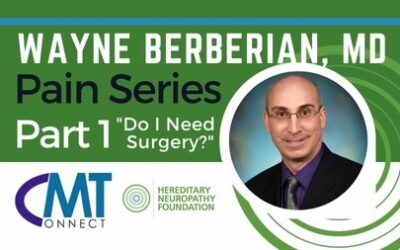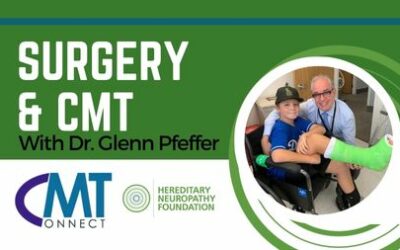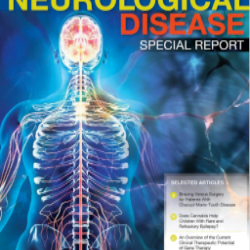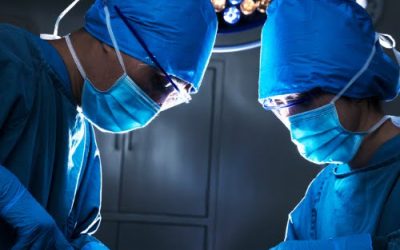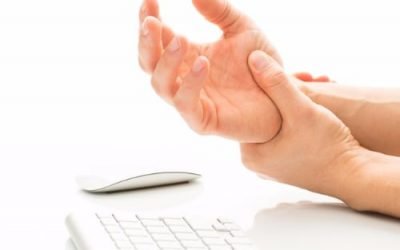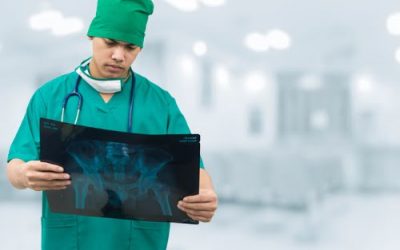CMT & Surgery:
Most patients who have moderate to severe CMT disease can be helped with surgery. If performed early enough, surgeries like tendon transfers and osteotomies can increase strength and endurance by removing deforming forces in the joint; however, if the condition progresses to a fixed deformity, more invasive measures such as triple arthrodesis may be needed. There are many situations where the CMT can not be improved with just AFOs & bracing.
Some patients will ultimately require one or more surgeries to correct deformities that can occur in spite of good therapy. These can be broken down by area, including the foot, the spine (for scoliosis), and the hip (for hip dysplasia).
Planning foot surgery?
Liz’s personal diary is your go-to guide for what to expect—from travel tips and pain management to packing lists and emotional support.
Click to read the real, unfiltered experience that will help you feel more prepared and less alone.
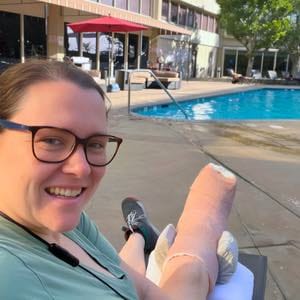
Pain
Spine
Scoliosis (a fixed lateral curvature of the spine) occurs in about 38% of children with CMT. Unlike the more common adolescent idiopathic scoliosis, which produces decreased kyphosis (decreased round back) of the thoracic spine, scoliosis associated with CMT often results in an increase in kyphosis (increased roundback). Scoliosis associated with CMT does not seem to respond well to bracing, and spinal fusion is sometimes needed if progressive.
Your pediatric orthopedic surgeon will monitor your child’s spine regularly and order radiographs when necessary to evaluate the curvature. Unfortunately, there is no evidence that special exercises, chiropractic manipulation, or other non-surgical treatments affect the natural history of the curve.
Foot
The majority of surgeries performed on individuals with CMT involve the foot. Patients with CMT develop weakness in the peroneal muscles and tibialis anterior, as well as the foot’s intrinsic muscles. These first two muscle groups assist in the ankle’s dorsiflexion (movement up and down) and eversion (twisting side to side) of the foot. As they become weak, contractures can develop, resulting in equinus (the foot stuck pointed down), cavus (a high arch), and varus of the heel.
Claw toes result from intrinsic weakness and an attempt to use the long toe extensors to dorsiflex the ankle. Cavus and varus deformities often go hand in hand and cannot be braced.
Hip
Hip dysplasia can occur in up to 8% of patients with CMT and is often silent. The child has no pain or limitation in motion. It can develop over time and result in an early arthritic change in the joint. The cause of the arthritis is generally believed to be increased stress on the cartilage from lack of coverage of the femoral head. Your pediatric orthopedic surgeon will monitor your children with regular radiographs of the pelvis during their growing years to determine if hip dysplasia is developing. If it does, surgery may be recommended to improve the coverage of the hip joint. These surgeries can occur around the acetabulum (cup), on the femoral side, or both.
Equinus deformity
This results in the individual walking on their tiptoes. It is important to recognize that walking a little on tip-toes is not necessarily bad. But if the contracture becomes severe, the patient may have trouble balancing. When this occurs, the surgeon may recommend a heel-cord lengthening to allow the foot to come up to neutral. It is important that the heel cord not be over-lengthened, as a calcaneus deformity (walking on the heels) may occur, and this is much worse than an equinus deformity.
Cavus deformity
The high arch results from weakness in dorsiflexion and clawing of the toes as the toe extensors try to take the place of the weakened tibialis anterior. Treatment for these deformities ranges from tendon transfers to releasing the plantar fascia (tight band on the sole) to osteotomies (realigning) of the bones of the foot. Frequently, these types of surgeries will be combined.
Varus of the hindfoot
This usually accompanies the cavus deformity. As the claw toes worsen, the heel tilts inward, resulting in the individual walking on the outside border of the foot. This often results in the patient developing painful callosities and experiencing frequent ankle sprains. Treatment for varus includes calcaneal osteotomies to move the heel laterally and sometimes tendon transfers.
The goal of these surgeries is to keep them walking comfortably, with feet that are well aligned and able to be fitted with a brace if necessary. In addition, early surgery is often recommended to prevent progression to very rigid fixed deformities that can only be treated with joint fusions such as a triple arthrodesis. While joint fusions can improve the position of the foot, they result in a stiff foot and are best to avoid if possible.
Anesthesia
Certain precautions should be taken for patients with neuromuscular disease. It would be best to discuss this with the anesthesiologist the day before the planned surgery. In particular, depolarizing muscle relaxants (succinylcholine) should be avoided at all times to avoid the risk of developing a life-threatening malignant hyperthermia reaction.
What should a parent do?
As the parent of a child with CMT, you should keep informed about the disease and your child’s condition. Be sure your child is followed by a knowledgeable pediatric orthopedic surgeon.
Ask questions! Write them down before the appointment so you remember everything. Be wary of internet sites that claim they can cure your child’s condition or deformity by manipulation, diet, or “special” therapies. If you do come across treatments that you want to consider, bring this information to your surgeon for his/her review.
Understanding your child’s condition and the options available for treatment is the best way you can help your child live a happy, healthy life. Visit an HNF’s Center of Excellence near you to find a surgeon in your area.
Get a Free Virtual Surgery Evaluation by CMT Expert Dr. Glenn Pfeffer
Get an expert opinion - Follow these steps
- Please take a video walking barefoot, back and forth from the camera, and then walking across from the camera. Try to keep the camera as close to the floor as you can.
- Then take a video while seated on a stool facing the camera, FEET DANGLING, moving the ankles up and down, and then side-to-side. Do the motion at a moderate speed but with as much force as possible. Do one side and then the other.
- Take another video of the toes moving up and down. Lift them up and then curl them down as hard as possible. First, one side, and then the other. Please try to keep the legs from moving when filming, just the ankles or toes.
Please send videos by email (click the button below) requesting a virtual appointment to discuss further.
Research Publication:
Charcot-Marie-Tooth Disease of the Foot and Ankle: Imaging Features and Pathophysiology
CMT-Connect Pain Webinar
New CMT-Connect Webinar Pain Series will focus on a particular type of pain, its common causes, available treatments and future treatments on the horizon.
CMT-Connect Webinar: Surgery & CMT with Dr. Glenn Pfeffer
Dr. Glenn Pfeffer has been performing surgery on CMT patients for over 30 years crediting much of his passion to HNF’s CEO & Founder, Allison Moore
Rare Neurological Disease Special Report Features CMT and HNF!
ust released, the third annual Rare Neurological Disease Special Report has CMT taking a front-row position with several articles discussing the latest developments in CMT treatments and improving CMT care.
HNF Physician Spotlight: Dr. Wayne Berberian
Dr. Wayne Berberian is a specialized orthopedic surgeon who repairs complications of the foot and ankle.
The Surgical Correction of CMT Deformity
CMT surgery focuses on forefoot deformity, cavus foot, ankle laxity, and tendon imbalance.
Treating Children with Charcot-Marie-Tooth: Surgery
We answer questions from parents about treating their young children with orthopedic problems.
Hand Surgery and Carpal Tunnel Syndrome
Carpal tunnel syndrome is a type of compression neuropathy caused by compression and irritation of the median nerve in the wrist.
Expert Q and A: Orthopedic Surgeon, Dr. Glenn Pfeffer
Learn more from orthopedic surgeon Glenn Pfeffer, MD about surgery and CMT patients.
A Bad Break…When You Have Charcot-Marie-Tooth
Dr. Sheskier says that with CMT and other neurogenic diseases, the danger is that the patient is fooled into thinking his or her bone is fully healed when it is not.
Medical Fields Related to Surgery
Learn more about the medical fields related to surgery.

